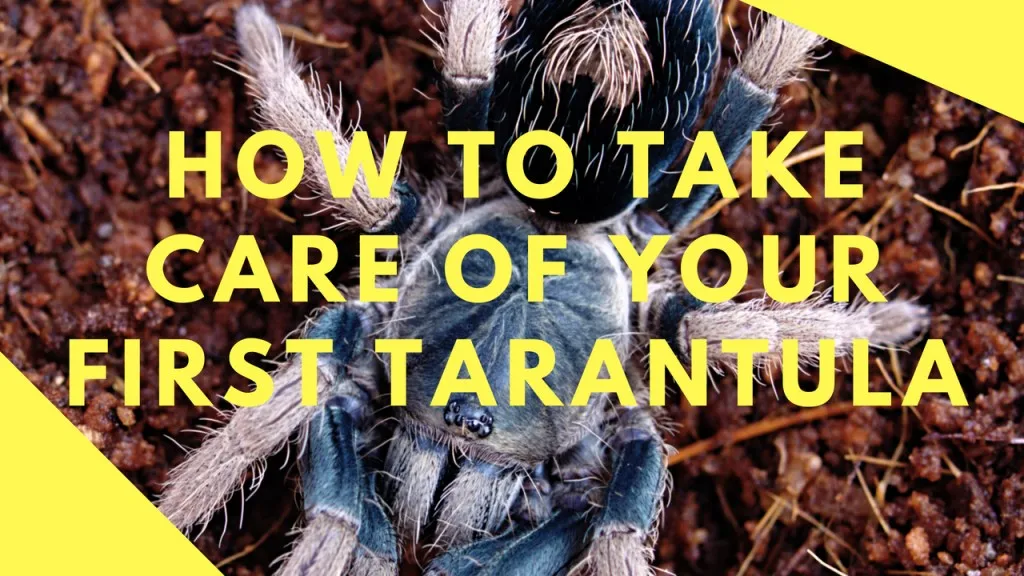Understanding Tarantulas
Tarantulas, fascinating creatures that have captivated many, are arachnids belonging to the Theraphosidae family. These large, hairy spiders are found in various habitats worldwide, from tropical rainforests to arid deserts. Understanding their basic biology and behavior is the first step in successful tarantula care. They are known for their relatively docile nature, making them popular pets, but responsible ownership is key to their well-being. Tarantulas are not insects, they belong to the arachnid family, which also includes scorpions and mites. They have two main body parts cephalothorax and abdomen, and eight legs. The lifespan of a tarantula can vary greatly depending on the species and sex; females often live much longer than males, some species can live for over 20 years. With the right care, you can enjoy these creatures as pets.
Types of Tarantulas
The world of tarantulas offers a diverse array of species, each with unique characteristics, colors, and behaviors. Some are terrestrial, living on the ground, while others are arboreal, preferring to dwell in trees. This diversity impacts their specific care requirements. Before acquiring a tarantula, it’s crucial to research the specific species to understand its needs fully. Some species are known for being more docile and easy to handle, while others are more defensive and should be observed from a distance. Colors can vary; some species are vibrant, with striking blues, reds, or oranges, while others have more muted tones. Proper species identification ensures you can provide the correct environment and care, leading to a thriving pet.
Popular Tarantula Species

Several tarantula species stand out as favorites among hobbyists. The Mexican Red Knee (Brachypelma hamorii) is renowned for its striking coloration and generally calm temperament. The Chilean Rose Hair (Grammostola rosea) is another popular choice, known for its hardiness and tolerance of varying conditions. The Pinktoe tarantula (Avicularia avicularia) is an arboreal species, known for its vibrant pink toes and arboreal lifestyle, which brings a different approach to care. The Gooty Sapphire Ornamental (Poecilotheria metallica) is a beautiful and fast species, more for experienced keepers. Research the specific needs of each species, including their habitat, feeding habits, and temperament, to choose the best fit for you. Each species presents its own unique set of requirements, making preparation essential.
Choosing Your Tarantula
Selecting a tarantula is an important decision that sets the stage for your pet’s well-being. Consider your experience level; some species are more suitable for beginners than others. Research various species and choose one that matches your ability to provide the appropriate care. Observe the tarantula’s behavior – a healthy tarantula should be alert and active. Avoid spiders that appear lethargic or have any physical deformities. Also, consider the adult size of the tarantula. Ensure you have adequate space for a suitable enclosure. The tarantula’s temperament should align with your expectations. Some species are more prone to defensiveness than others. Take your time, do your research, and choose a tarantula that will thrive in your care.
Where to Buy Your Tarantula
The source of your tarantula is just as important as the species itself. Reputable breeders and pet stores specializing in arachnids are excellent places to start. They typically have a good understanding of tarantula care and can offer advice. Online forums and communities are also valuable resources. Breeders usually have more experience and can provide you with healthier tarantulas. Avoid purchasing from unreliable sources or pet stores that do not specialize in arachnids. Always prioritize the health and well-being of the tarantula. Check reviews and speak with other keepers to gauge the breeder’s reputation. This careful approach can help to ensure you get a healthy pet.
Selecting a Healthy Tarantula
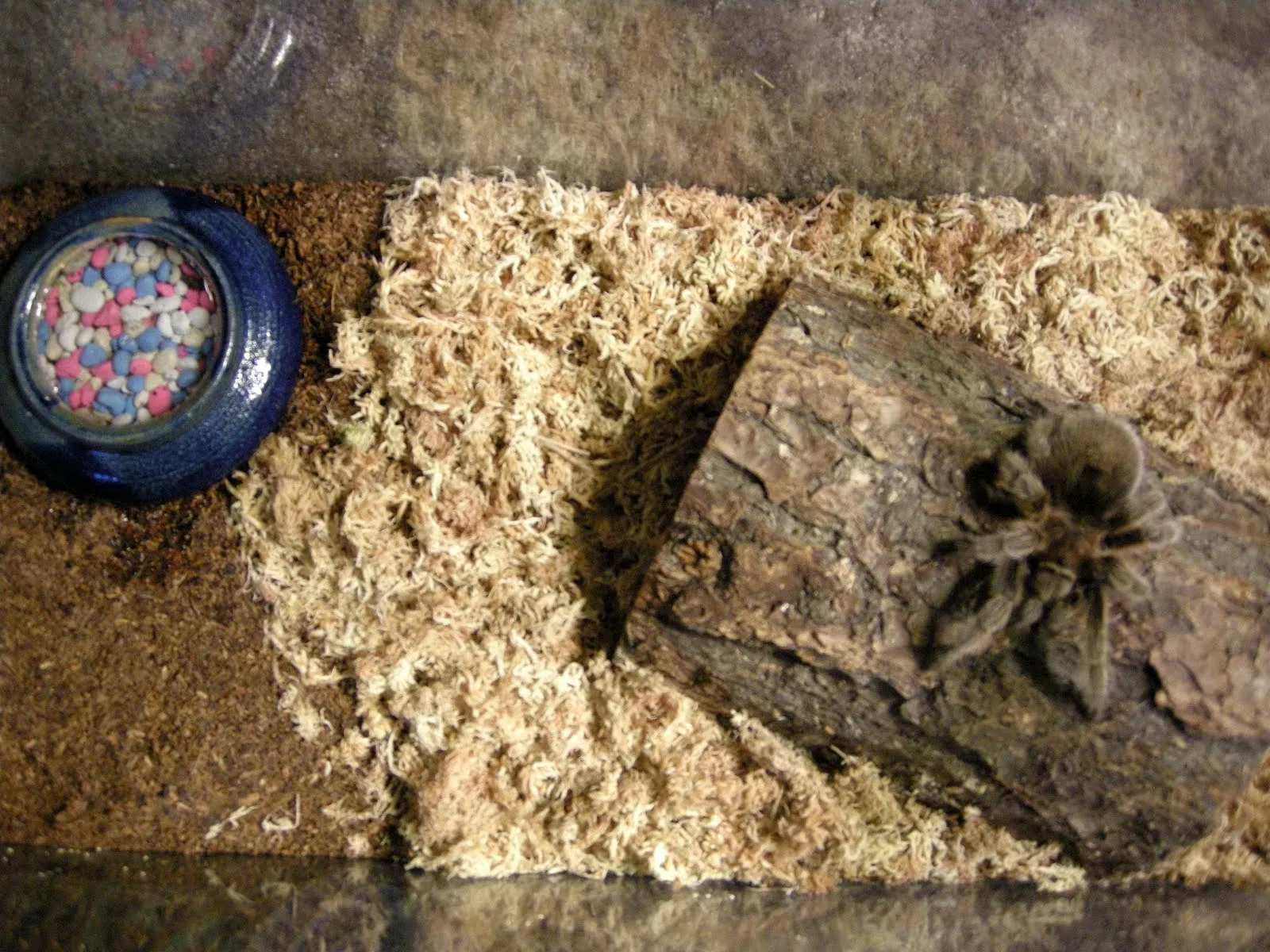
When selecting your tarantula, observe several key health indicators. Look for a spider with a plump abdomen, which suggests it is well-fed and hydrated. The legs should be intact and move freely. Check for any signs of mites or parasites; a healthy tarantula should be free of these. Examine the body for any visible wounds or deformities. Avoid spiders that appear lethargic, have tremors, or display abnormal behaviors. Ask the breeder or seller about the tarantula’s feeding habits and molting history. A healthy tarantula is active, alert, and exhibits normal behavior. These precautions can minimize the risk of acquiring a sick or unhealthy spider.
Setting Up Your Tarantula Enclosure
Creating a proper enclosure is vital for the well-being of your tarantula. The enclosure should mimic the spider’s natural habitat, providing a comfortable and secure environment. The setup involves choosing the right tank, substrate, decor, and maintaining appropriate temperature and humidity levels. A well-designed enclosure reduces stress and provides your tarantula with everything it needs to thrive. The size of the enclosure should match the size of the tarantula. Avoid overcrowding, which can lead to stress. The enclosure should be escape-proof, with a secure lid to prevent your tarantula from getting out. Correct enclosure setup is key for successful tarantula care.
Choosing the Right Tank
The tank should be the appropriate size for your tarantula. For terrestrial species, choose a tank that is wider than it is tall, providing plenty of floor space. Arboreal species require taller tanks, as they spend most of their time climbing. Glass or acrylic tanks are common choices, with acrylic offering better insulation and being lighter. Ensure the tank has good ventilation to prevent the build-up of excess humidity, but make sure it is also secure. The lid should fit snugly. The tank should be easy to clean and maintain. The size of the tank is critical, and an oversized tank can make the tarantula feel vulnerable and stressed.
Substrate and Decor

The substrate is the bottom layer of the enclosure and is important for moisture retention, burrowing (for some species), and providing a comfortable environment. Good substrate choices include coco fiber, peat moss, and a mixture of both. Avoid using substrates that can be harmful if ingested, such as sand. The substrate depth should be adequate for burrowing species. Add décor to the enclosure, such as cork bark, artificial plants, and hides. This adds visual appeal, reduces stress, and gives the tarantula places to hide. Ensure all décor is non-toxic and secure. Regular maintenance of the substrate and décor keeps the enclosure clean and healthy. Replacing the substrate every few months is important.
Temperature and Humidity
Maintaining the correct temperature and humidity levels is crucial for your tarantula’s health. Most tarantulas thrive in temperatures between 70-85°F (21-29°C). Use a thermometer to monitor the temperature and adjust as needed. Humidity levels vary depending on the species. Use a hygrometer to monitor humidity. Provide a shallow water dish for drinking and to help maintain humidity. Mist the enclosure periodically to increase humidity if needed. Proper ventilation also plays a role in humidity regulation. Keep the enclosure out of direct sunlight to avoid overheating. The temperature and humidity are crucial for the tarantula’s health and successful molting.
Feeding Your Tarantula
Proper feeding is a core element of tarantula care. Tarantulas are carnivorous, and their diet consists primarily of insects. The size of the food should match the size of the spider. Overfeeding can lead to health issues, while underfeeding can stunt growth. Offer the food in the enclosure, and remove any uneaten food after 24 hours to prevent mold and mites. A well-fed tarantula is more likely to thrive and have a healthy life. Adjust feeding according to the tarantula’s growth stage. Observe the tarantula’s behavior and adjust feeding frequency as needed. Proper feeding practices lead to better health and vitality of the tarantula.
What to Feed Tarantulas
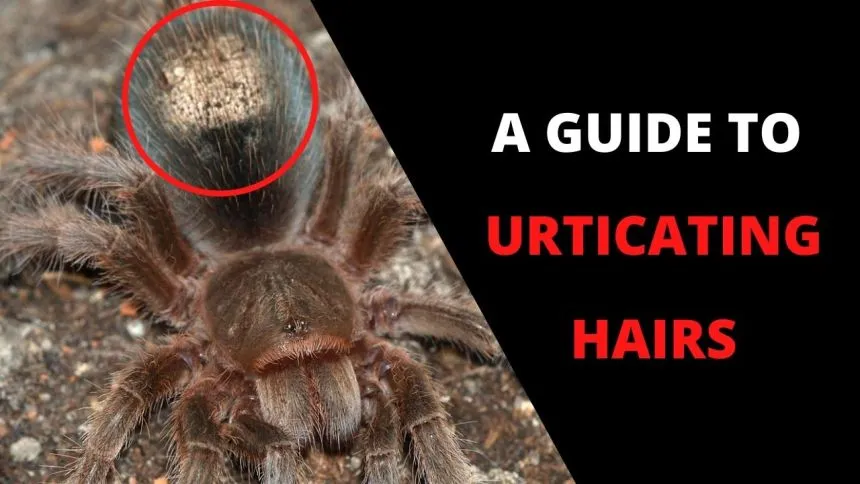
The primary food source for tarantulas is insects. Crickets, mealworms, dubia roaches, and superworms are common and readily available options. The size of the insect should be appropriate for the tarantula’s size; a good rule of thumb is to offer prey items that are no larger than the tarantula’s abdomen. Feed insects that have been gut-loaded. This means the insects have been fed nutritious food themselves, providing the tarantula with more vitamins and minerals. Avoid feeding wild-caught insects, as they may carry pesticides or parasites. A varied diet can help ensure your tarantula receives all the necessary nutrients. Be sure to research the best food options for your species.
Feeding Frequency
The feeding frequency depends on the tarantula’s age, size, and species. Spiderlings should be fed more frequently, typically two to three times a week, while adult tarantulas can be fed once or twice a week. Observe your tarantula’s behavior and adjust the feeding frequency accordingly. If it stops eating, it may be preparing to molt. If it is not eating, research the species to understand its eating habits. Always provide fresh water. Avoid overfeeding, as it can lead to health problems. Feeding frequency impacts the tarantula’s growth and overall health. Adjust the frequency based on the tarantula’s specific needs. Always make sure that the food is removed from the enclosure after 24 hours to prevent mold.
Watering Your Tarantula
Providing fresh water is essential for your tarantula’s survival. A shallow water dish should always be available. The water dish should be easy to access and not too deep, to prevent the tarantula from drowning. Monitor the water level and refill as needed. In addition to the water dish, you may need to mist the enclosure, especially for species that require higher humidity. Use a spray bottle with distilled water to mist the enclosure, being careful not to oversaturate it. Ensure the water is clean and free of contaminants. Water is crucial for hydration and is also important for the molting process. Provide the correct amount of water according to the needs of the tarantula.
Handling Your Tarantula
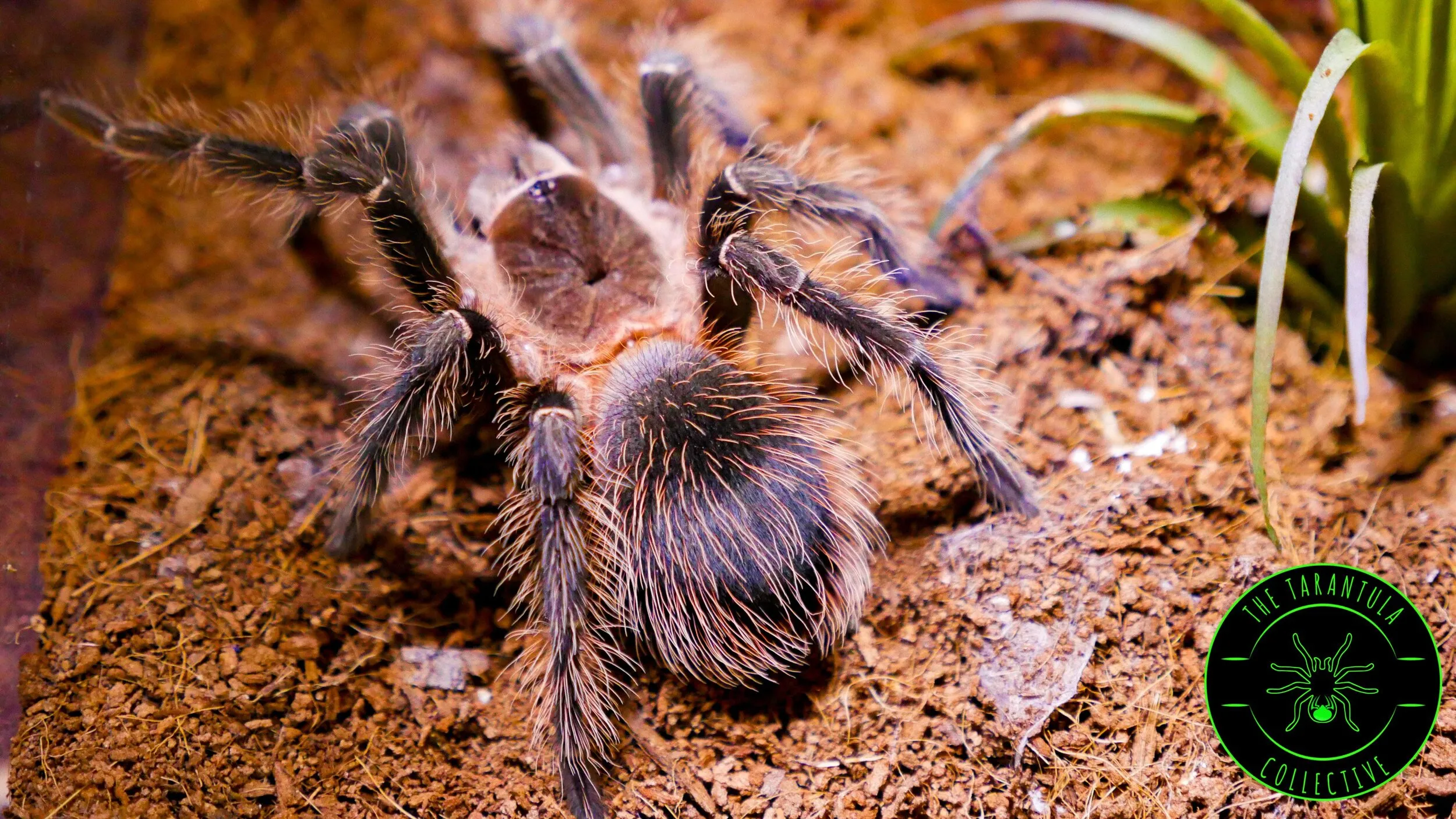
Handling a tarantula is not essential for its well-being. In fact, unnecessary handling can stress the spider and increase the risk of a bite. If you choose to handle your tarantula, it should be done with caution and respect. Approach the situation calmly and slowly. Understand the tarantula’s behavior and body language. Never handle a tarantula if you are unsure of its temperament. Handling tarantulas involves risk, so decide carefully whether to handle and always prioritize the safety of both you and the spider. Handling should be kept to a minimum and avoided if the tarantula seems stressed or defensive. Some species are known to be more docile, but caution is essential.
When to Handle
Consider the situation and the tarantula’s behavior before attempting to handle it. Avoid handling a tarantula right after a molt, as their exoskeletons are soft and vulnerable. Do not handle a tarantula that appears defensive or shows warning postures, such as raising its front legs or showing fangs. Never handle a tarantula if you are tired, stressed, or distracted. Always observe the tarantula before handling it. Assess the species to understand its typical temperament. If possible, start with a species known for being more docile. Handle the tarantula in a safe location, such as over a soft surface, to reduce the risk of injury if it falls.
How to Handle Safely
If you choose to handle your tarantula, approach slowly and gently. Use a soft brush to gently coax the tarantula onto your hand. Never grab or squeeze the spider. Avoid sudden movements that could startle it. Always wash your hands thoroughly before and after handling. Be aware of the tarantula’s urticating hairs, which can cause skin irritation. If the tarantula drops hairs, avoid touching your face or eyes. If you are bitten, remain calm. Clean the wound with soap and water. Seek medical attention if necessary. Handle the tarantula over a soft surface. This minimizes the risk of injury if it falls. Handle with respect and always prioritize the tarantula’s well-being.
Common Tarantula Health Issues
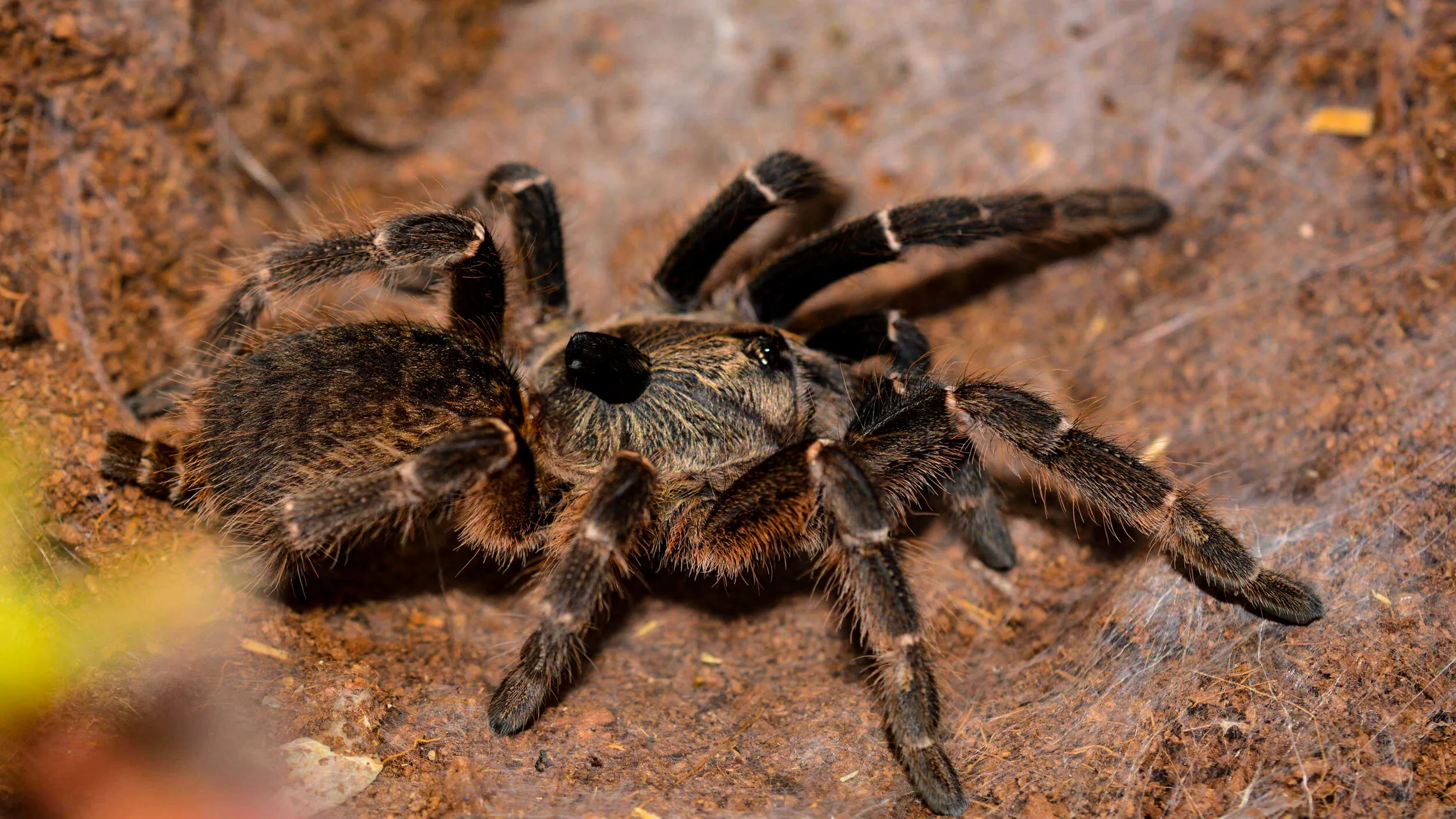
Like any pet, tarantulas can experience health problems. Recognizing the signs of illness is important to provide proper care. Some common health issues include mites, fungal infections, and injuries from falls or bites. Mites are small parasites that can infest the tarantula and its enclosure. Fungal infections often result from excessive humidity or unsanitary conditions. Injuries can occur from falls or, more rarely, from bites. Regular observation of your tarantula is the best way to detect health problems early. Prompt treatment is crucial for a tarantula’s well-being, so it is important to know about the common issues and how to avoid them.
Recognizing Signs of Illness
Watch for any unusual behavior or physical changes in your tarantula. Common signs of illness include a loss of appetite, lethargy, and unusual posture. A tarantula that is not eating, or not eating as much as usual, could indicate a problem. Lethargy can also signal illness. Check for physical abnormalities, such as mites, lesions, or swelling. Look at the abdomen for a loss of fullness. Check for problems in the molting process. Consult with a veterinarian specializing in exotic animals. Early detection and intervention are essential for a good prognosis. Keep the environment clean and at the correct temperature and humidity.
Preventative Care
Preventative care is essential for keeping your tarantula healthy. Maintain a clean and hygienic environment. Regularly remove uneaten food and replace the substrate as needed. Provide the correct temperature and humidity levels for the species. Ensure the tarantula is eating a balanced diet. Quarantine new tarantulas to prevent the introduction of parasites or diseases. Avoid handling the tarantula unnecessarily. By adhering to these practices, you can greatly reduce the risk of health problems. Regular observation and proactive care will keep your tarantula happy and healthy. Prevention is always better than cure when it comes to tarantula care.
Conclusion
Caring for a tarantula can be a rewarding experience. By understanding their needs, providing the right environment, and practicing responsible ownership, you can ensure your tarantula lives a long, healthy, and fulfilling life. Remember to research the specific needs of your chosen species and stay informed about their health and behavior. With dedication, knowledge, and a little patience, you can enjoy the fascinating world of tarantulas. Enjoy your pet!
